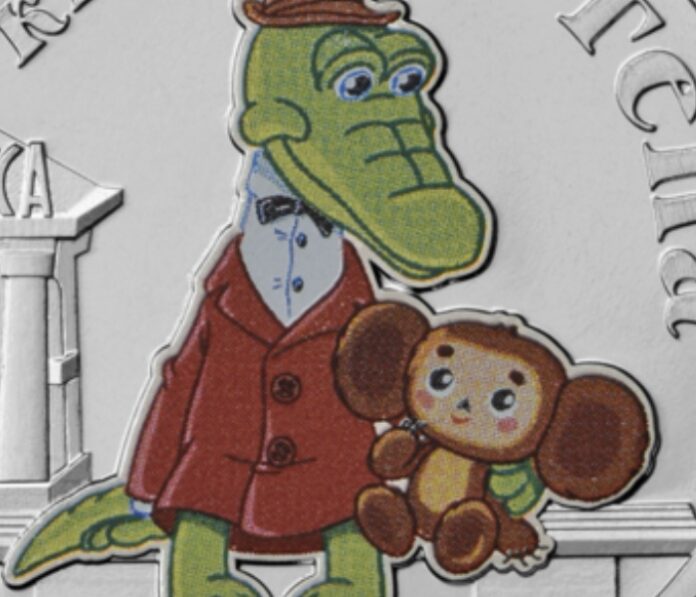While perusing YouTube late one evening, I came across a video by a former citizen of the late Soviet Union discussing Soviet animation, and the importance of these animations to not just past Soviet youth, but youth of the former Soviet bloc countries nowadays.
One character in particular piqued my interest, with the name of that heartwarmingly adorable character being Cheburashka.
According to the books and films in which Cheburashka is featured, he is a creature unknown to science, resembling a mixture of a dog and a monkey. Cheburashka was born in a jungle far away until he was moved and tumbled out of a box of oranges into a sleepy yet idyllic Soviet town.
Before the charmingly fluffy figure of Cheburashka ever made it onto the silver screen, he was a children’s book character created by author and illustrator Eduard Uspensky for his children’s book “Gena the Crocodile and Friends.” Uspensky was a powerhouse in children’s novels in the Soviet Union.
Uspensky’s book was noticed by animation studio Soyuzmultfilm, who adapted Cheburashka for the screen. Being a state-run facility, Soyuzmultfilm’s main goal was to create fun and intentional media meant for children and to turn them into “ideal” citizens of the USSR.
Many of the films featuring Cheburashka portrayed popular themes such as community building, perseverance and friendship, which added to the popularity of these films for not just Soviet audiences but also worldwide audiences due to these commonly agreed upon morals.
One of the most famous films featuring Cheburashka that also gives insight into the Soviet youth at the time was the short named after the starring character, “Cheburashka.” In this film, Cheburashka and his best friend Gena, a crocodile who works at a zoo, are inspired by watching the Young Pioneers, a Soviet-run youth group, march around their town.
In the movie, Gena and Cheburashka want to join in with the young boys marching around town but are ultimately rejected by the group because of their overall incompetence and clumsy demeanors.
Determined to become full-fledged members, Gena and Cheburashka build a playground for a group of children, as well as collect scrap metal for the Young Pioneers. The Young Pioneers are impressed by the two misfits’ dedication, and accept Gena and Cheburashka in their group, teaching them how to march just like them.
This film highlights the dedication and perseverance of Gena and Cheburashka, who learn about productivity, community service, and providing for their community. Even though they were rejected in the beginning, after proving themselves and learning a bit along the way, Gena and Cheburashka were not just able to better their town, but also themselves through hard work.
Morals and values such as resilience in the face of adversity, creating deep bonds with others and dedication to a cause are themes that allowed Cheburashka’s popularity to boom not just across the former USSR and Eastern Europe, but also throughout the world.
Though a character most known from the past, Cheburashka’s popularity hasn’t waned, as modern films are still being made by Russian studios featuring Cheburashka’s large-eared personality.
For many members of the former Soviet Union, the Cheburashka of their childhoods stands as a nostalgic friend of old, a fluffy friend who started his journey alone but was able to cure his loneliness through friendship and fostering a fruitful community.
In the end, Cheburashka stands as an unwavering character who is celebrated within Russian pop culture, teaching countless generations valuable lessons and being a symbol that, for many people, represents what it means to be Russian.
